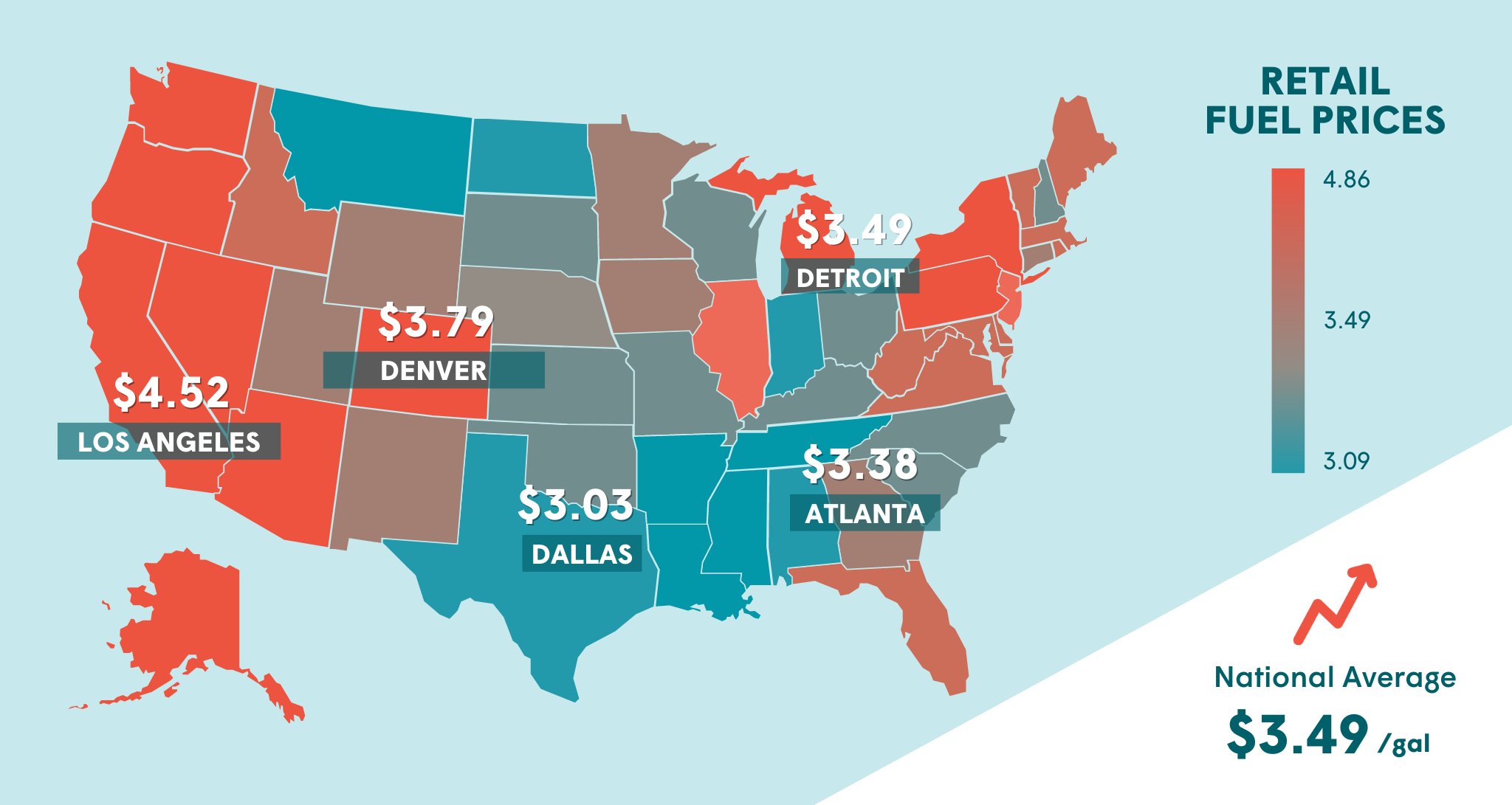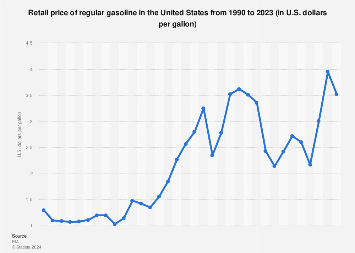Oil Price Volatility: Effects for Fuel Oil Consumers
Oil price volatility has actually ended up being a considerable problem for fuel oil consumers across different industries. Fluctuating oil rates have far-reaching implications, affecting house budgets, little companies, the transport market, and also government plans. The unpredictable nature of oil costs postures difficulties for consumers, as it straight influences their financial security and acquiring power. Small companies, in certain, face difficulties in handling their functional costs, which greatly depend on fuel oil. Furthermore, the transport sector is substantially affected by oil rate variations, resulting in boosted expenditures and prospective interruptions in supply chains. To resolve these federal governments, companies and challenges are carrying out methods to alleviate the climbing costs of fuel oil. This study explores the ramifications of oil cost volatility on fuel oil consumers and takes a look at potential techniques to minimize its influence.
Effect on Home Budgets
The varying oil prices have actually substantially affected family budget plans, posing economic difficulties for fuel oil customers. As oil prices proceed to increase and fall unexpectedly, consumers are locating it progressively hard to designate a portion of their revenue towards gas oil expenses. This volatility in oil rates has produced a sense of unpredictability and instilled a cautious method in customers' spending behaviors.
One of the key impacts of rising and fall oil prices on house budgets is the raised cost of transport. As gas oil prices climb, the cost of commuting to function, running errands, or traveling for recreation becomes much more pricey. This directly impacts customers' disposable earnings, as a bigger section is assigned towards gas expenses, leaving less money for various other essential requirements or optional investing.
In addition, the rising and falling oil prices likewise have a ripple impact on the prices of various other goods and solutions. Industries that greatly depend on gas oil for their operations, such as transport, manufacturing, and farming, experience enhanced production costs. Consequently, these added expenses are often passed on to the customers in the kind of higher rates for items and solutions. This additional squeezes the home budget, as consumers need to pay even more for crucial products.
Obstacles for Local Business
How do fluctuating oil costs position obstacles for little businesses? Tiny services are especially vulnerable to the impact of fluctuating oil prices. These businesses frequently operate on tight profit margins and have restricted sources to soak up abrupt boosts in fuel costs. When oil prices climb, local business that heavily rely upon transportation, such as distribution solutions or trucking business, encounter greater operating costs. The raised cost of gas can consume right into their revenues and possibly require them to raise prices, which may hinder customers or lead to a decrease in sales (fuel oil prices long island). Furthermore, local business that rely upon oil-based products, such as dining establishments or manufacturers, might also face challenges. The boosted expense of basic materials or active ingredients can press their lower line, making it hard to maintain profitability. Little companies might locate it more difficult to secure lendings or credit scores during periods of oil price volatility, as loan providers may regard them as higher risk due to prospective financial instability. Generally, the unpredictable nature of oil prices presents considerable challenges for local business, affecting their productivity and overall sustainability.
Repercussions for the Transportation Market
Varying oil costs have substantial consequences for the transport sector, especially for local business heavily reliant on fuel for their procedures. The transportation sector encompasses different industries, including trucking, shipping, air travel, and railways, every one of which heavily rely on fuel to maintain items and individuals relocating. When oil costs increase, transportation firms encounter boosted operating prices, which can bring about higher prices for customers and minimized profit margins for businesses.
One prompt repercussion of varying oil prices is the influence on fuel costs. As oil rates enhance, so do fuel expenses, which can eat right into the budget plans of transport business, especially local business that might not have the monetary capacity to take in these additional costs. This, in turn, can bring about higher transport costs for customers, as companies hand down these enhanced expenditures.
Furthermore, rising and fall oil costs can additionally impact the total demand for transport services. When fuel prices rise, customers might end up being much more mindful about their investing behaviors, resulting in a decline popular have a peek at these guys for transport solutions. This can result in minimized business chances for transport companies, especially those running in sectors that rely heavily on customer investing, such as retail and tourism.
Additionally, the transport sector is also affected by the unpredictability bordering oil rate fluctuations. Quick adjustments in oil prices can make it challenging for transport firms to intend long-term techniques and make educated financial investment choices. This unpredictability can prevent business growth and cause a much more uncertain and volatile operating environment for transportation companies.

Government Plans and Regulations
Federal government plans and policies play a crucial function in shaping the effect of oil rate volatility on fuel oil customers. These guidelines and policies are applied to make sure a fair and steady market for fuel oil and to secure customers from market fluctuations. One crucial plan is the navigate to these guys policy of gas rates through systems such as rate controls or aids. Price controls can assist maintain gas prices during periods of high volatility, supplying alleviation to consumers who may or else encounter considerable cost increases. Subsidies, on the various other hand, can help reduce the effect of high oil rates by providing financial support to sustain oil customers.
Along with cost guidelines, federal governments likewise carry out plans targeted at minimizing dependence on nonrenewable fuel sources and advertising the usage of alternate energy sources. These policies include motivations for the fostering of renewable resource innovations, such as solar or wind power, and the application of energy efficiency steps. By diversifying the power mix and lowering dependancy on oil, federal governments can assist reduce the impact of oil rate volatility on gas oil consumers.

Approaches for Alleviating Gas Oil Expenses
To resolve the obstacle of gas oil expenses, consumers can use numerous methods to mitigate their costs. By minimizing energy intake, consumers can decrease their gas oil usage and subsequently decrease their expenses.
One more reliable method is to diversify fuel resources. By exploring alternative like this energy options such as geothermal or solar power, customers can lower their reliance on fuel oil and potentially reduced their costs. Additionally, taking into consideration the usage of biofuels or combined fuels can give a much more cost-efficient and environmentally pleasant alternative to conventional gas oil.
Tracking and managing fuel intake is also essential in reducing costs. On a regular basis tracking fuel oil use, determining consumption patterns, and applying measures to lower waste can add to considerable financial savings - fuel oil prices long island. This can include performing energy audits, enhancing tools performance, and carrying out power management systems
Finally, customers can take into consideration hedging approaches to manage fuel oil rate volatility. This involves entering right into agreements to lock in fuel oil costs for a details duration. By doing so, consumers can safeguard themselves from abrupt rate fluctuations and budget a lot more properly for their gas oil expenses.
Conclusion
To conclude, the volatility of oil rates has substantial implications for fuel oil consumers. It impacts home budget plans by creating variations in gas prices, posing challenges for local business having a hard time to handle costs. The transport market likewise deals with repercussions, as fuel costs influence operational costs. Government policies and regulations play a role in mitigating these costs. Implementing effective approaches comes to be crucial for customers to take care of gas oil costs in this unstable market.
Oil rate volatility has actually become a substantial issue for gas oil customers across numerous industries.Federal government policies and regulations play an essential role in shaping the influence of oil rate volatility on fuel oil consumers. Aids, on the various other hand, can help reduce the effect of high oil rates by giving economic assistance to sustain oil consumers.

In verdict, the volatility of oil costs has considerable implications for gas oil consumers. (cod oil prices)